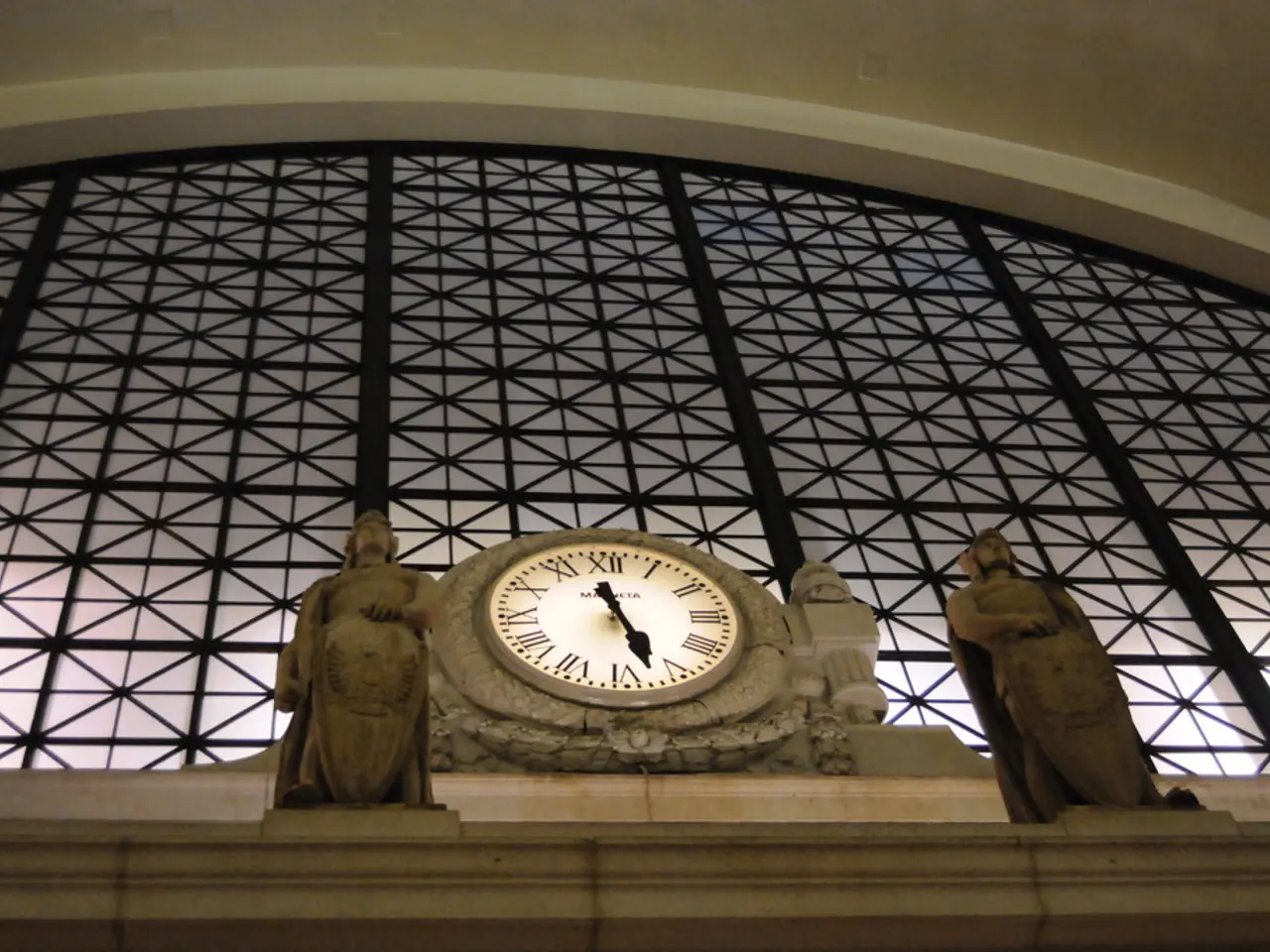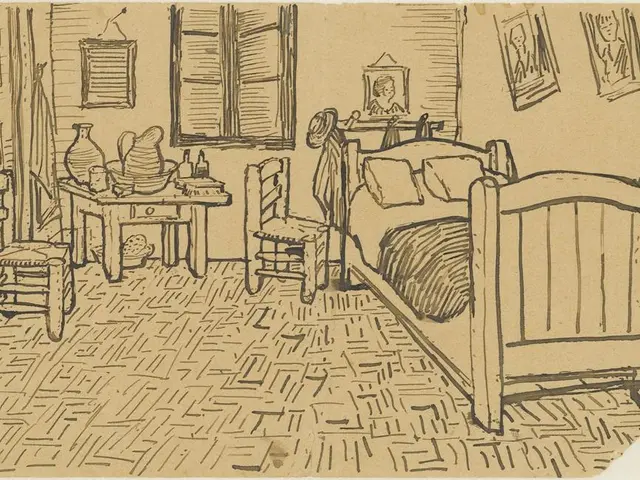Desired Collection of Clocks With Historical and Rustic Allure
A Passionate Collector's Journey with Antique Clocks
Our story today delves into the captivating world of a Canadian clock enthusiast who has been amassing a collection of antique and vintage timepieces for more than a decade. This collector, who prefers wall clocks over mantel clocks, has been on a quest to find unique pieces that add charm and character to his home.
Recently, he has added several noteworthy acquisitions to his collection. In the summer of 2018, he welcomed a Seth Thomas regulator clock and an Arthur Pequegnat Moncton clock with a double spring 15-day movement into his collection. Fast forward to the winter of 2020, and he brought home an Antique tall case clock, McLachlan clock.
But the collector's fascination with Pequegnat clocks didn't stop there. He has always admired his son-in-law's Scottish tall case clock, which is older than his recently acquired one and was brought over by his family in the early 1800s. Inspired by its timeless beauty, he added a similar piece to his collection in February of 2020.
When it comes to collecting antique clocks made before 1900, there are several key factors to consider. Originality and condition are paramount, with the clock ideally having genuine, original components, including the movement, case, and dial. Identifying the maker through trademarks, logos, or signatures on the clock helps verify authenticity and provenance.
Understanding the movement type and quality is also crucial. For example, authentic Vienna Regulator clocks, a popular antique style, have weight-driven movements, long pendulums with beat scales for precise regulation, hand-cut gears, and quality brass parts.
The condition of the movement and case is equally important. Well-preserved cases with minimal repairs or damage are preferred, and restoration may be necessary but should be carefully documented to avoid harming value.
Avoiding certain modern or mass-produced clocks is also advisable. Many collectors advise caution with clocks made in China or less reputable manufacturers, especially if they are mechanical but cheaply made, as these do not hold value or historical significance comparable to genuine antiques.
Documentation and provenance are essential for enhancing trustworthiness and value. Any available history, sales records, or verifiable provenance can significantly increase a clock's appeal.
For those interested in starting their own antique clock collection, learning to date the clock accurately, potentially by style, maker, and mechanism type, and consulting experts or guides to help with authentication and condition assessment is highly recommended.
In the spirit of sharing his passion, the collector has shared practical tips on how to incorporate antique clocks into interior decor. He emphasises the importance of strategic placement, creative styling techniques, and creating an eye-catching focal point for antique clocks.
Whether you're a seasoned collector or just starting your journey, the world of antique clocks offers a fascinating exploration into history, craftsmanship, and design. So, why not start your collection today?





